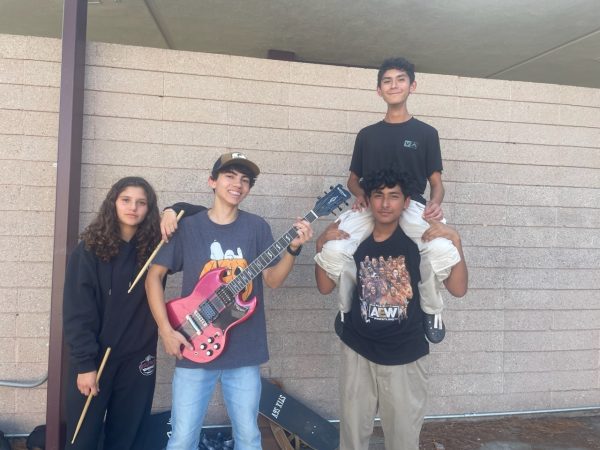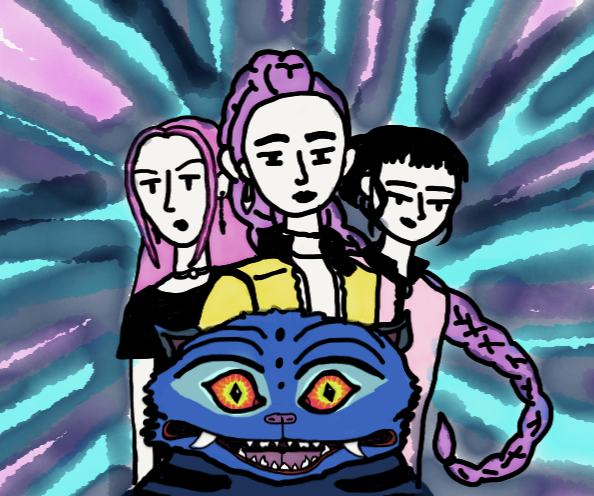PewDiePie VS T-Series: The End of Original YouTube Content
Within the many domains of entertainment, YouTube is one of the most popular. It is led and bolstered by the many solo creators that produce content usually on their own. PewDiePie, or Felix Kjellberg is one such creator, as he is currently the number one most subscribed to channel on the platform. However, he is being rivaled by an Indian music label and movie studio with a YouTube channel called T-Series.
T-Series joined YouTube on March 13 in 2006 and Pewdiepie joined on April 29 in 2010. Since then, their channels have garnered 78.3 million and 79.4 million subscribers respectively. The rivalry was in its most heated moments during early December as the difference was near 20,000 subscribers with PewDiePie in the lead. The race between these two channels underlines a larger issue. That issue is how big companies see YouTube as a massive untapped market and they are attempting to take the number one spot. This matters because YouTube’s audience has been using their services for the solo creator content that is unique to each of those creators. YouTube could turn into a glorified TV provider if such large companies and corporations take the lead.
PewDiePie’s channel consists of mainly daily uploaded videos of Kjellberg looking at internet memes and watching amusing internet videos, whereas T-Series makes music videos and movie trailers that have huge production teams working on these videos every day. In this sense, the battle for number one on YouTube exists between single unique creators and companies that have tons of employees working on videos. For relatively small solo creators, they do everything themselves. This includes all of the massive time and effort it takes to edit and post videos. Companies, on the other hand, have groups of people that do those jobs on a mass scale because of how many videos they would put out in a single day.
Revenue is also a point in this conversation. Earlier this year, YouTube began cracking down on what ads can go on what type of content and they were demonetizing, or removing ads from any videos that were found to be “inappropriate.” According to a majority of YouTubers, their demonetization was relentless. While solo creators’ videos and their revenue stream was being attacked, the large companies who had advertisement deals with other companies still had advertisements aired. This was especially alarming for creators who were making videos for the same purposes as the companies. For example, when there was a string of tragic shootings in early 2018, creators response videos were being demonetized while Jimmy Kimmel’s video had an advertisement for a Ford SUV. Another example of the same thing happening is when President Donald Trump was elected; the response videos were deemed “controversial” so ads were not placed on these videos while there were ads on companies’ YouTube channels. What happened next is now common knowledge, with the controversy with YouTube and their ad algorithms. The point is that large companies are taking both views and revenue from these smaller channels and even smaller ones that aspire to “make it” on YouTube.
In the end, it is still to be determined who the number one YouTube channel is because PewDiePie and T-Series are still sparring. Hopefully whichever way, the YouTube community can continue to prosper, with the platform being the unique place where all people can make and post videos. In summary, subscribe to PewDiePie.
Hello there! Our goal is to provide relavent, engaging journalism for readers of all ages. Your donation will support the student journalists of the Wolfpacket at Claremont High School, and will allow us to purchase equipment, print our monthly issues, and enter in journalism competitions. We appreciate your consideration!

Jaiden Curlin is a Section Editor for the Opinions Section. Curlin has been a member of the Wolfpacket for four years; two of which as an Opinions Section...








